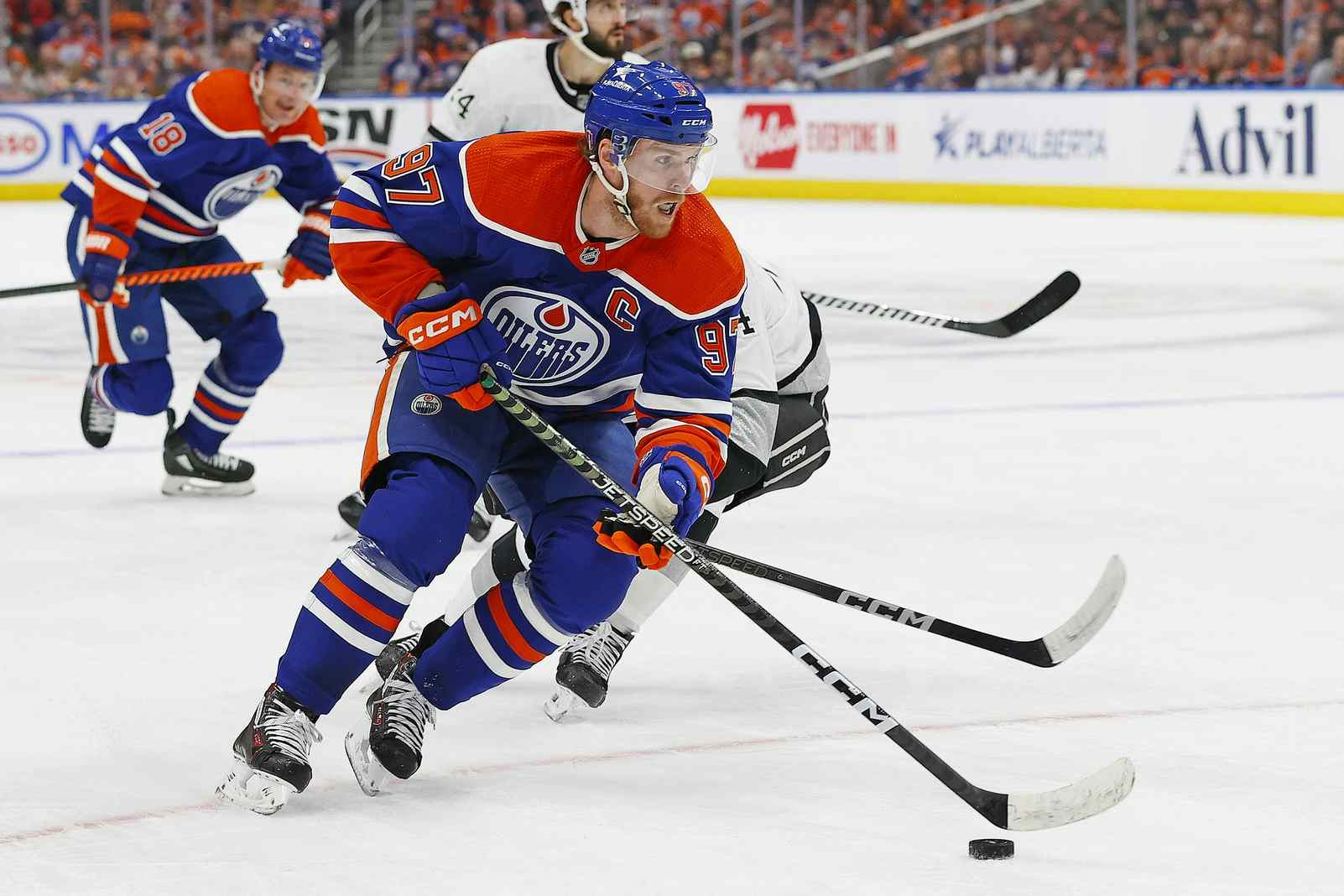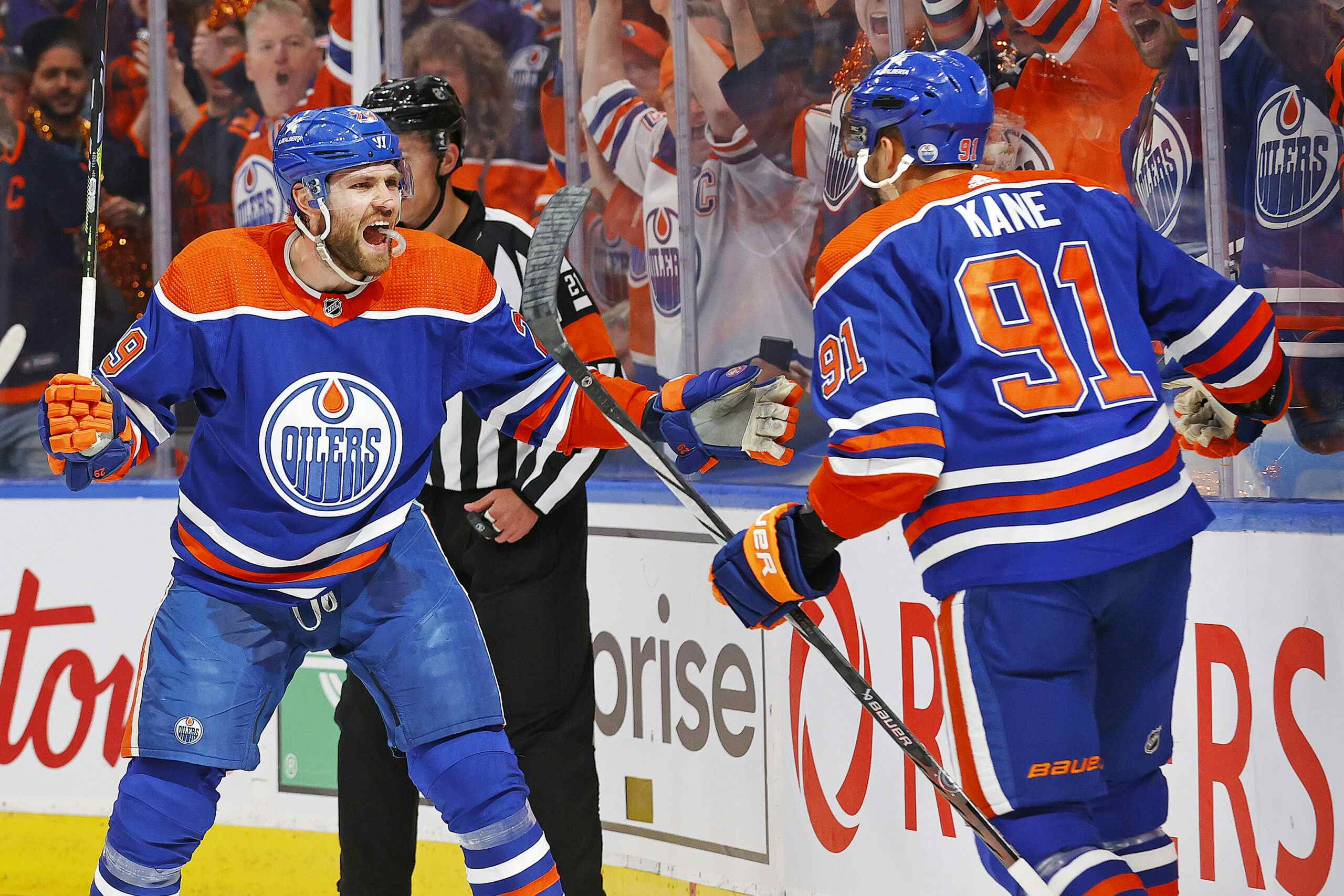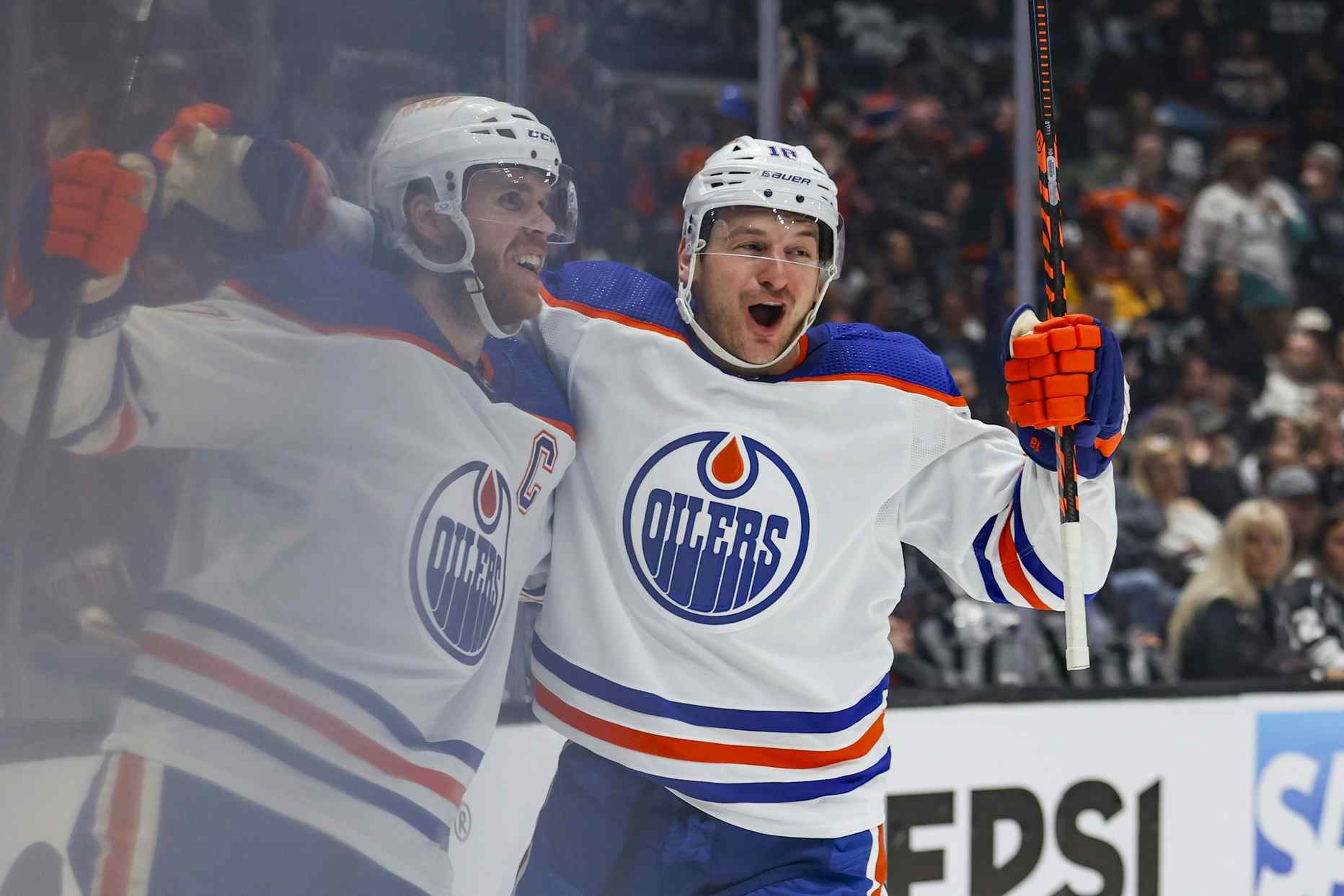Conventional Wisdom
In a 2009-10 season that had a lot of disappointments, the play of Dustin Penner never managed to qualify. In fact, the previously much-maligned winger had the best season of his career, and transformed himself in the public’s eye from impossible to move contract to best forward on the team (at least, while Hemsky was out).
It wasn’t a development that many would have predicted. One local columnist called Penner the “NHL poster boy for comfort zones and inconsistency,” and I think it’s fair to say that the majority would have agreed with him on that. Various commenters at OilersNation had other descriptions of the big forward:
- “Fat and useless”
- “Heartless”
- “Useless”
- “Personally, I don’t think we need him on the team”
- “A powder-puff big man with little pride in his reputation or performance”
- “Penner sucks”
- “What he doesn’t have, and it’s all too apparent when watching him play, are essential elements: grit, physicality, effort, motivation, consistency, hustle.”
- “Penner is crap”
And that was selected quotes from the comments section of just one article.
The reality is that Penner at his worst was never as bad as was often claimed. He certainly was a flawed player during his first two seasons as an Oiler, but at the same time he was also a player who moved the puck the right way, a player who was an asset on the power play, and a player who time and again was misused by the coaching staff – especially in 2008-09, where perhaps they were compensating for giving him too much rope in 2007-08. (For more on Penner and the coaches, I recommend Michael Farber’s excellent Sports Illustrated write-up.)
Of course, some of the blame must fall on Penner as well, who simply didn’t put up enough offence to justify his salary and didn’t contribute enough in other areas to compensate for that.
But the point here is less about blame, and more about how perceptions of a player can change dramatically over the course of a season, or even less – sometimes permanently, sometimes not. A few Oilers examples:
In 2007-08, Mathieu Garon was a star that one very plugged-in local media guy suggested needed to be locked up to a three year, $3.0 million per season deal as soon as possible. Dwayne Roloson, on the other hand, was regarded as a cap boat anchor who needed to be given away to the first sucker willing to take him. By trade deadline the following year, Garon was gone, and Dwayne Roloson was the team’s most valuable player.
Again in 2007-08, three young players – Sam Gagner, Andrew Cogliano, and Robert Nilsson – caught fire down the stretch and helped the Oilers compete for a playoff spot despite a lousy first half of the season. The three were quickly dubbed the “Kid Line,” Craig MacTavish was ripped for not putting them together and giving them ice-time sooner, and fans started plotting out the future of these guys. Meanwhile, Jarret Stoll and Marty Reasoner, who were taking all the tough defensive zone work to give those players success, were largely criticized for their inability to produce. Two seasons later, Gagner’s all-round play has improved, Andrew Cogliano has regressed, and Robert Nilsson was just bought out. Meanwhile Reasoner and Stoll were tossed away and became important pieces of new teams, and the Oilers have spent the last two years learning why not having any penalty-killers or faceoff aces is a bad thing.
Going back now to the summer of 2006, Joffrey Lupul was a local boy, a one-shot scorer the organization coveted, and the centre-piece of the return for Chris Pronger, the best player to wear an Oilers uniform since Messier. A year later he was unceremoniously dumped to Philadelphia after a disastrous season from every possible angle. Now, he’s found his way back to Anaheim, and he has yet to improve on his 2005-06 sophomore season.
There are other examples: Shawn Horcoff’s disappearing offence, minor-league journeyman Fernando Pisani becoming a key piece in a Stanley Cup run, Mike Peca’s descent from being arguably the Oilers’ best centre before he’d ever played a game with the club down to the fourth line and then his playoff renaissance, bit players Ray Whitney and Miroslav Satan turning into stars elsewhere, Todd Marchant finding a scoring touch, and the list – even just from the Oilers – goes on.
The point to all of this (and there is one) is that there is no certainty about any of these players. All we have are indicators and past results, and while a willingness to examine the whole picture and not lean too heavily on what just happened can help, everybody gets surprised by at least some of the players on the roster. I was less surprised by Penner than many others, but I was taken aback by Gilbert Brule’s often exceptional performance, and surprised by the lousy performances of players like Horcoff and Cogliano.
All I’m saying is that before we get too eager to write guys off, or picking out new franchise cornerstones, each of these players has the ability to change our minds – and it might not take all that long.
Recent articles from Jonathan Willis






